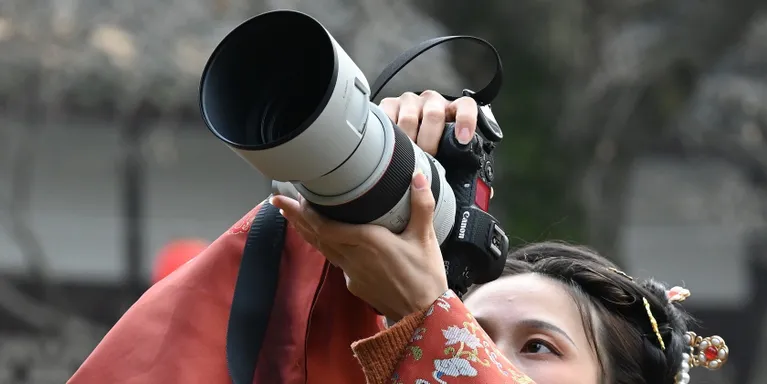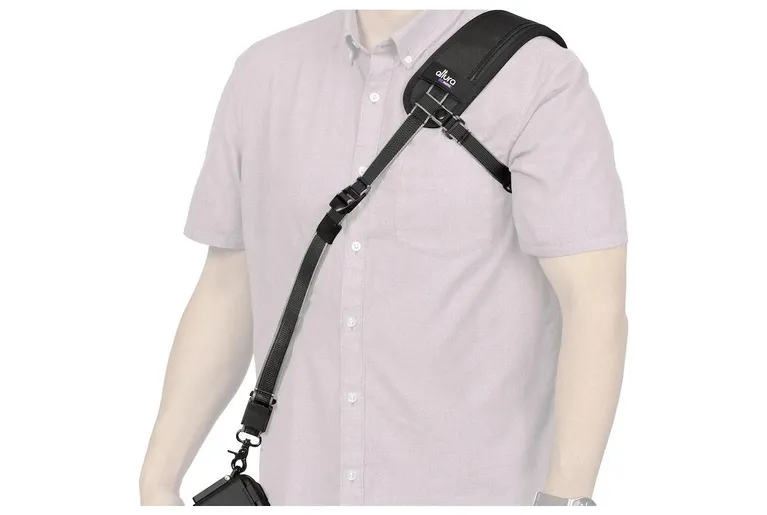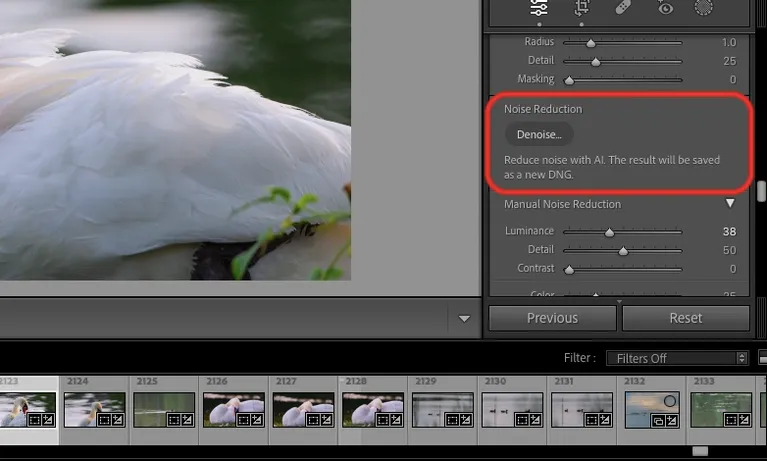
8 Tips for Handheld Shooting With a Long Telephoto Lens
Handheld photography with a telephoto lens is quite challenging, but these tips will help you get more from your photoshoots. So, did you get your first long telephoto lens and were excited to take it for a spin? Except you realized that carrying it for a long time is no easy feat. Long telephoto lenses can easily weigh two kilograms or more, and their extended profile makes them cumbersome to carry. If you’re used to taking small, lightweight prime lenses, you will be in for a surprise.
A tripod or a monopod is highly recommended while using a long lens, but it can be limiting. Plus, you have one more gear to carry. With our tips, you can learn to shoot handheld and enjoy the process.
1. Build Your Strength
If you’re not used to carrying heavy stuff, the best thing you can do is build your strength by lifting weights. Not a fan of weights? Then try working out with resistance bands. The important thing is gradually getting used to carrying stuff for longer periods of time. You cannot just go out in the field and expect to hold a telephoto lens for hours.
Working out also helps your health and makes you fit overall. So you can go on longer hikes enjoying nature and taking pictures.
2. Buy a Rapid Fire Camera Strap
You may have used a camera harness to carry your camera easily, but a rapid fire strap, like the Altura Strap shown above, is more convenient and quicker than a camera harness. The rapid fire strap is a cross-body style strap that attaches to your camera’s tripod mount. Based on the model type, you may also get a sling under your arm for extra protection. Most of them also have an additional tether connecting your camera to the strap for added safety.

Check the weight limit of the strap before buying one. Also, cradle your camera when you’re walking around. It is not a good idea to leave it dangling on longer walks.
3. Find Support
You must use a faster shutter speed with a long focal length according to the reciprocal rule. Sometimes, you will also need to use an even faster shutter speed to freeze the motion of birds and animals. But it may not always be possible—especially if you’re shooting early in the morning or late in the evening. If you’re using slower than optimal shutter speed, find a tree, fence, or rock to lean on to avoid blurry images.
Double-check the support you’re leaning on is safe and will hold your weight. You don’t want to put yourself in danger. Using a sandbag on your car window and setting your camera on is another excellent alternative to a tripod.
4. Check Your Posture
Camera shake and blurry images can be things of the past if you learn to hold your camera correctly with the correct posture. First, stand up straight with your legs slightly apart. Then, tuck your elbows and hold the lens before pressing the shutter. Practice this posture with sill subjects first. You can try the panning technique once you master this to photograph birds in flight.

Use your knees and elbows for support if you’re kneeling or lying down.
5. Control Your Breathing
A proper breathing technique, along with a correct posture, will help you get crisp images with your long lens. Just by breathing right, you can improve your photography today. It is quite simple, and you can learn to do it by being more mindful. Breathe normally while you look for the right composition. Once you have it, take half a breath, and pause as you press the shutter. Then, exhale naturally.
This technique borrowed from the marksmanship experts is handy for shooting any genre, but it works exceptionally well for wildlife.
6. Switch On Image Stabilization
Almost all telephoto lenses come with vibration reduction or image stabilization. You can turn this off when using a tripod, but you need this on for handheld shooting. Depending on the lens, you can get four to eight stops of light, which can help you get a clean shot minus all the noise and shake. Different brands call it differently, so check your lens manual.
With mirrorless cameras, you get image stabilization in the camera too. So, make sure you use it.
7. Take Breaks
A tired photographer is not a good photographer, so don’t shy away from taking frequent breaks and refreshing yourself. You may suffer from a severe case of FOMO (fear of missing out), but remember this golden rule: there is always tomorrow. The world is full of diverse creatures, and you will always have beautiful subjects to photograph.
Carrying a heavy telephoto lens can be tiring, even for the strongest of us. But, if you’re well-rested and alert, you can find creative ways to bring boring subjects alive.
8. Use Auto ISO

Do you always shoot in manual mode? That’s great—shooting in manual mode will give you absolute control over your camera settings and creative possibilities. But it can limit you when shooting wildlife with your telephoto lens. Taking your camera off your eyes, turning all the knobs, and checking the settings can be exhausting. A quick workaround for this problem is to use the auto ISO option with manual mode.
You can adjust the aperture and shutter speed, while the camera will take care of the ISO for you. Set the highest ISO to a number your camera can handle without introducing too much noise. This way, you can focus on shooting without worrying about fiddling with the settings.
9. Try AI Noise Removal Software
AI is all the rage now; you can leverage its power to remove noise. Noise is inevitable with a telephoto lens, and you can remove it with a simple click of a button with AI noise removal software. With the latest update, you get this feature in Adobe Lightroom. You can try it with the free trial version for seven days.

Please note that this feature will work only for RAW files and not with JPEG images. There are many good scenarios to shoot in JPEG, but not for wildlife with a long lens.
Freedom Is Handheld Shooting With a Long Telephoto Lens
No more bulky tripods and complicated tripod heads! Holding a telephoto lens and taking photos can be hard initially, but it gets easier with practice.
If you’re trying to take more photos with a long telephoto lens, but you’re finding it difficult, try implementing the steps that you’ve just read in this guide.